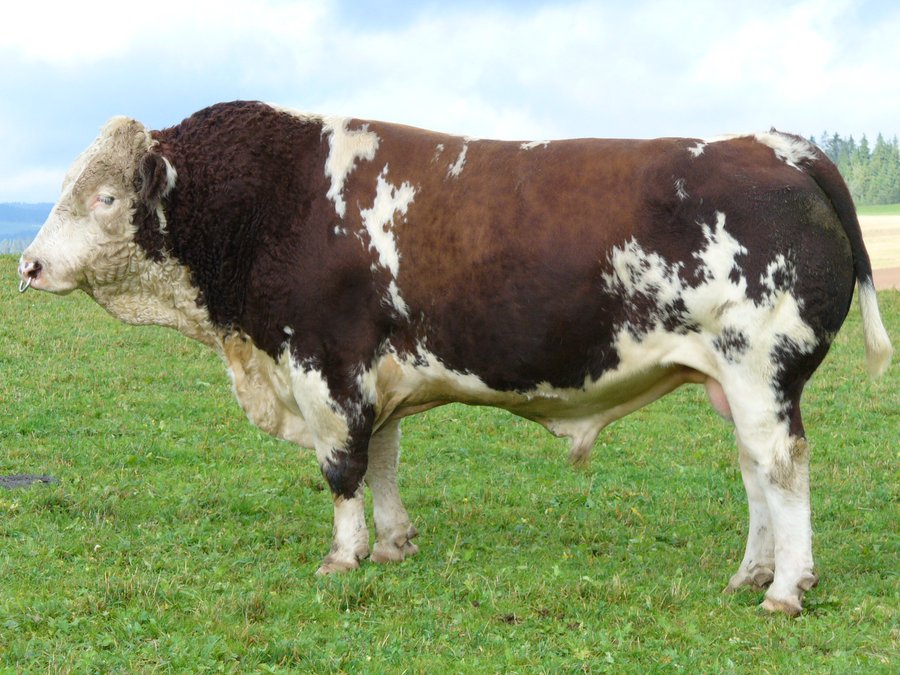The database for organically reared animals and juvenile aquaculture animals, which was developed by the German Research Institute of Organic Agriculture (FiBL), is accessible via www.organicxlivestock.de since June 22. According to EU Regulation 848/2018, such a database will become mandatory for all EU member states from January 1 of 2022 on to ensure a transparent listing of (breeding) animals that are for sale. The listing of sale animals however remains voluntary.
The sale animals can be entered into the database by all farmers and other providers with a valid organic certification and can be viewed by interested parties without prior registration.
In the future, the database will also be used to manage the purchase of conventionally kept animals or animals from other breeding associations, as from 2022 on the purchase of a conventionally kept animal will require approval from the respective authority.
To help users get started with the new database, FiBL is offering a free online workshop on July 19th 2021 from 10-11 a.m. to explain its functions and to answer questions. If you are interested in attending the workshop, you can register by emailing organicxlivestock(at)fibl(dot)org.
The project is funded by the Federal Ministry of Food and Agriculture (BMEL) as part of the Federal Scheme for Organic Farming and Other Forms of Sustainable Agriculture (BÖLN).
Further information on the project can be found here.
The more extensive farming methods of organic farming provide opportunities for some rare livestock breeds. This aligns with the EU legislation on organic farming, which states that primarily indigenous livestock breeds should be used (Article 8 of Regulation (EC) No 889/2008).
More information on indigenous livestock breeds can be found in TGRDEU.

